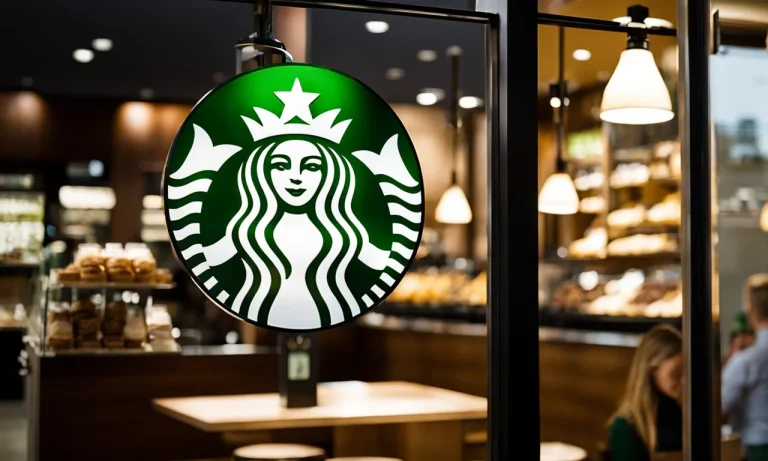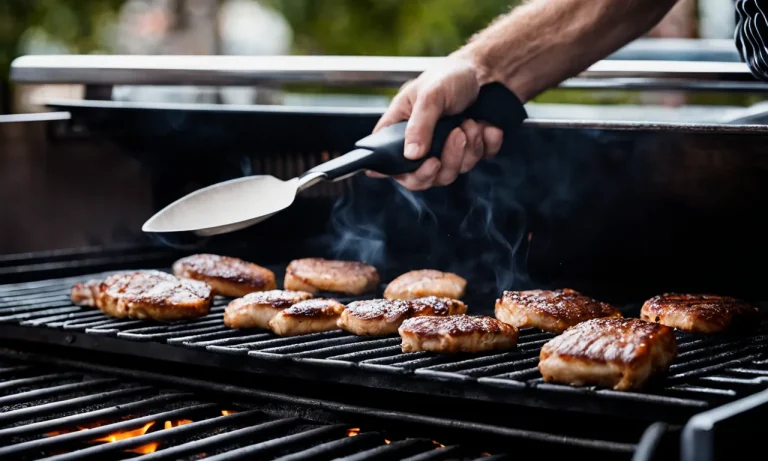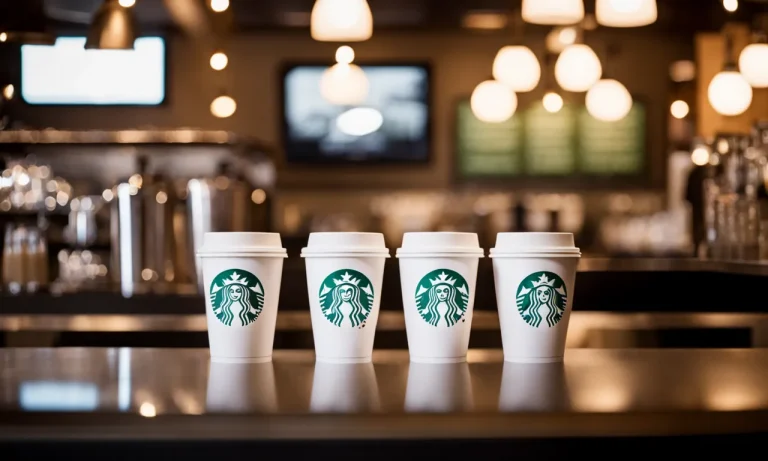Going out to eat at a restaurant can be a fun and enjoyable experience. However, when the check arrives at the end of the meal, you may find yourself wondering what the proper etiquette is for signing the receipt.
Understanding the correct way to sign a restaurant receipt will ensure your dining experience ends smoothly.
If you’re short on time, here’s a quick answer to your question: When presented with the receipt, review it for accuracy. If everything looks correct, simply sign your name on the designated signature line and add the total tip amount on the tip line below.
Hand the signed receipt back to your server.
In this comprehensive guide, we’ll cover everything you need to know about properly signing receipts in a restaurant setting. You’ll learn when and where to sign the receipt, what to review before signing, how to handle errors, tipping etiquette, and much more.
With these tips, you’ll feel completely confident when that check arrives at your table.
When the Receipt is Presented
After you finish your meal
Once you have finished your meal at a restaurant, it is customary for the waitstaff to present you with the bill or receipt. This is usually done after they have cleared your plates and determined that you are ready to settle the payment.
It is important to be patient and wait for the staff to bring the receipt to your table.
When the receipt is presented, take a moment to review it and ensure that everything is accurate. Check if all the items you ordered are listed correctly and if any additional charges or discounts have been applied.
If you have any questions or concerns about the bill, don’t hesitate to ask the waitstaff for clarification.
Once everyone at the table has finished eating
It is considered polite to wait until everyone at the table has finished eating before asking for the bill or signing the receipt. This allows everyone to enjoy their meal without feeling rushed or interrupted.
If you are the last person to finish eating, you can signal to the waitstaff that you are ready to pay by placing your utensils parallel across your plate.
When the waitstaff brings the receipt, it is customary to leave a tip to show appreciation for their service. The standard tip amount is usually around 15-20% of the total bill, but this can vary depending on the quality of service provided.
If you had a particularly great experience, feel free to leave a larger tip to express your gratitude.
Remember to sign the receipt before handing it back to the waitstaff. This is usually done at the bottom of the receipt, where there is a designated line for your signature. If you are paying with a credit card, make sure to also fill in the necessary information, such as the card number and expiration date.
Signing the receipt is not only a formality but also serves as a confirmation that you have received and agreed to the charges on the bill. It is important to sign the receipt accurately to avoid any discrepancies or disputes later on.
Once you have signed the receipt, you can hand it back to the waitstaff, along with the payment if you haven’t done so already.
For more information on restaurant etiquette and payment procedures, you can visit etiquettescholar.com.
Where to Sign on the Receipt
When dining at a restaurant, it is customary to sign the receipt once the payment has been made. Knowing where to sign on the receipt is essential to ensure a smooth transaction. Here is a detailed guide on where to sign:
Signature line
The signature line is the most important part of the receipt where you need to sign. It is typically located at the bottom of the receipt, usually labeled as “Customer Signature” or “Cardholder Signature.”
This line is where you should put your signature to acknowledge the payment and verify that you authorize the transaction.
Tip line
Next to the signature line, you will often find a tip line. This is where you can add an additional amount to show your appreciation to the server. If you are satisfied with the service and would like to leave a tip, you can write the tip amount on this line.
It is customary to leave a tip of around 15-20% of the total bill, but you can adjust the amount based on your experience.
Total amount line
The total amount line is usually located at the bottom of the receipt, beneath the tip line. This is where the total bill, including taxes and any additional charges, is displayed. It is important to double-check this amount before signing the receipt to ensure that it matches the amount you are expecting to pay.
Remember, signing the receipt is not only a formality but also an acknowledgement of the transaction. By signing, you are confirming that you have received the services or products and are willing to pay for them. It is important to sign legibly to avoid any confusion or disputes later on.
For more information on restaurant etiquette and payment procedures, you can visit emilypost.com or etiquettescholar.com.
What to Review Before Signing
When it comes to signing a receipt at a restaurant, there are a few important things to review before putting pen to paper. By taking a moment to carefully check the details, you can ensure accuracy and avoid any potential issues later on.
Check for accuracy
The first thing to do before signing a receipt is to check for accuracy. Look over the itemized list of charges and make sure that everything listed matches what you ordered. This includes checking the quantities, prices, and any additional charges such as taxes or service fees.
If you notice any discrepancies, don’t hesitate to bring it to the attention of the server or manager.
Confirm total amount
Another important step is to confirm the total amount before signing the receipt. This includes checking that the subtotal, taxes, and any gratuity or tip amounts are correct. It’s always a good idea to do a quick mental calculation to ensure that the final total makes sense.
If there are any doubts or concerns about the amount charged, don’t hesitate to ask for clarification.
Check the date
While it may seem like a minor detail, checking the date on the receipt is also important. Make sure that the transaction date matches the day you dined at the restaurant. This can be helpful in case you need to reference the receipt later on for any reason, such as for expense reimbursement or warranty purposes.
Remember, taking a few extra moments to review the receipt before signing can save you from potential headaches down the line. It’s always better to address any issues or concerns in the moment rather than later on when it may be more difficult to resolve.
Handling Receipt Errors
Even in the most organized of restaurants, mistakes on receipts can happen. It’s important to know how to handle these errors to avoid any confusion or discrepancies. Here are some steps you can take to rectify receipt errors:
Ask for a new receipt
If you notice an error on your receipt, the first step is to politely ask the server or cashier for a new one. Mistakes can range from incorrect prices or quantities to missing items altogether. It’s always better to address the issue immediately rather than discovering it later when it may be more difficult to resolve.
Pro Tip: Remember to remain calm and polite when requesting a new receipt. Mistakes happen, and the staff will appreciate your understanding.
Cross out errors
If you’re unable to obtain a new receipt, your next course of action is to cross out the error. Use a pen or pencil to neatly strike through the incorrect information. Make sure to do this in a way that the original details are still legible, but it’s clear that they are no longer valid.
Pro Tip: To avoid any confusion, try to be as specific as possible when crossing out the error. For example, if the wrong item was charged, write “WRONG ITEM” next to it.
Have corrections initialed
After crossing out the error, it’s crucial to have the corrections initialed by the staff member who served you or the cashier. This step is essential to ensure that the changes are acknowledged and can be verified later if needed. It also helps prevent any potential disputes or misunderstandings.
Pro Tip: Politely ask the staff member to initial the corrections, and thank them for their assistance. It’s always good to show appreciation for their cooperation.
Remember, mistakes on receipts are not uncommon, and handling them calmly and professionally is key. By following these steps, you can ensure that any errors are addressed promptly and accurately, providing you with peace of mind when reviewing your bill.
Tipping Etiquette and Customs
When it comes to tipping at a restaurant, understanding the proper etiquette and customs can help ensure a pleasant dining experience for both you and the staff. Here are some key points to keep in mind:
15-20% tip is standard
As a general rule, it is customary to leave a tip of 15-20% of the total bill before tax. This percentage is considered the standard in many countries, including the United States. However, it is important to note that tipping practices may vary in different regions, so it’s always a good idea to do a quick search or ask a local for guidance if you’re unsure.
Leaving a tip within this range is a way to show appreciation for the service provided by the waitstaff. It’s important to remember that servers often rely on tips as a significant part of their income, so be mindful of their hard work and efforts to make your dining experience enjoyable.
Cash vs card tips
When it comes to leaving a tip, you have the option to pay in cash or add it to your card payment. Both methods are widely accepted, but there are a few things to consider:
- Cash tips: Leaving a cash tip allows you to hand it directly to the server, which can be a more personal and immediate way of showing your appreciation. Additionally, cash tips may be preferred by some servers as they can receive the money right away.
- Card tips: Adding the tip to your card payment is a convenient option, especially if you don’t have cash on hand. It’s important to note that sometimes a gratuity may be automatically added to the bill for larger parties, so double-check before leaving an additional tip.
Ultimately, the choice between cash and card tips is up to you and what you find most convenient.
Tip sharing policies
In some restaurants, there may be a tip pooling or sharing policy in place. This means that the tips collected from customers are distributed among the staff members, including servers, bartenders, hosts, and sometimes even kitchen staff.
Tip sharing policies can vary, so it’s important to inquire about how tips are distributed in the specific restaurant you are dining at. Understanding these policies can help you make an informed decision about the amount you leave as a tip.
Remember, tipping is a way to acknowledge and appreciate the hard work of the entire team that contributes to your dining experience. By tipping generously and following the proper etiquette, you can play a part in supporting the restaurant industry and its dedicated staff.
Conclusion
Signing the receipt at a restaurant indicates you have reviewed the charges and are ready to close out your table. While it may feel awkward at first, knowing the proper etiquette around signing, tipping, and handling errors will make the process smooth and painless.
With this guide, you now have the knowledge to confidently sign receipts on your next dining experience.
The key things to remember are reviewing the charges for accuracy, signing on the designated lines, adding a 15-20% tip, and speaking up politely if anything looks incorrect. Proper receipt signing etiquette benefits both you and your server.
So next time the check arrives after a wonderful meal out, you’ll know just what to do.






